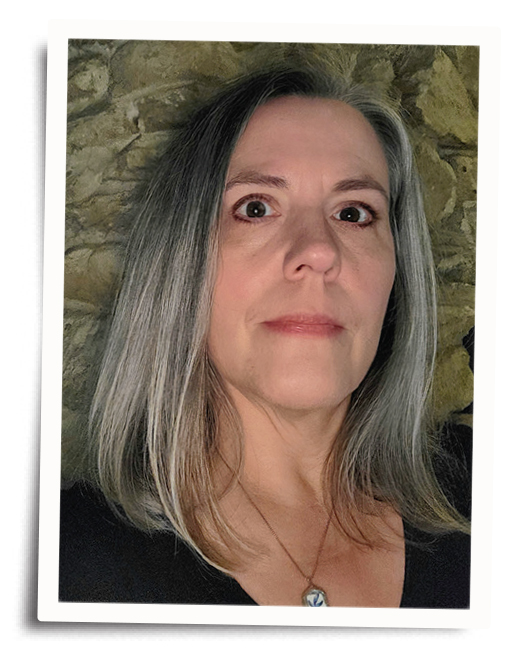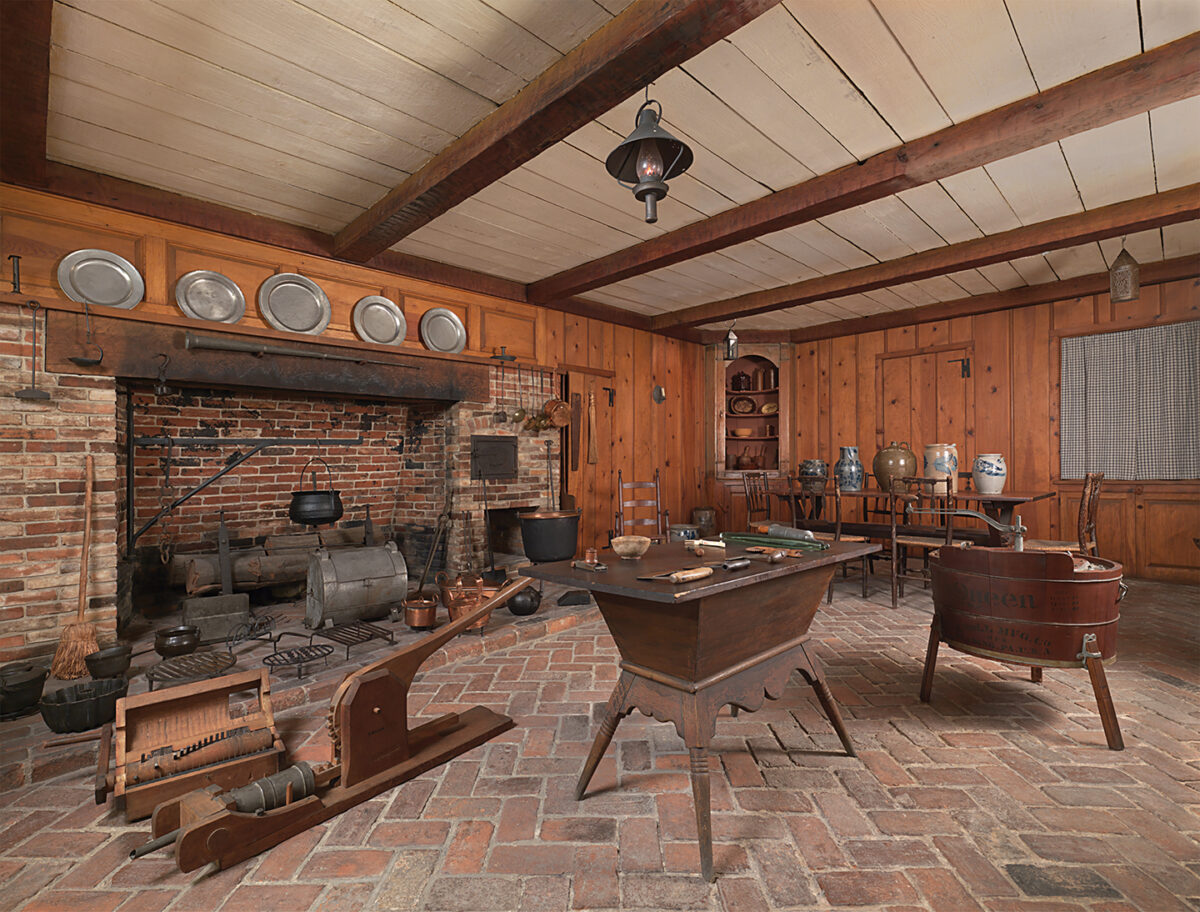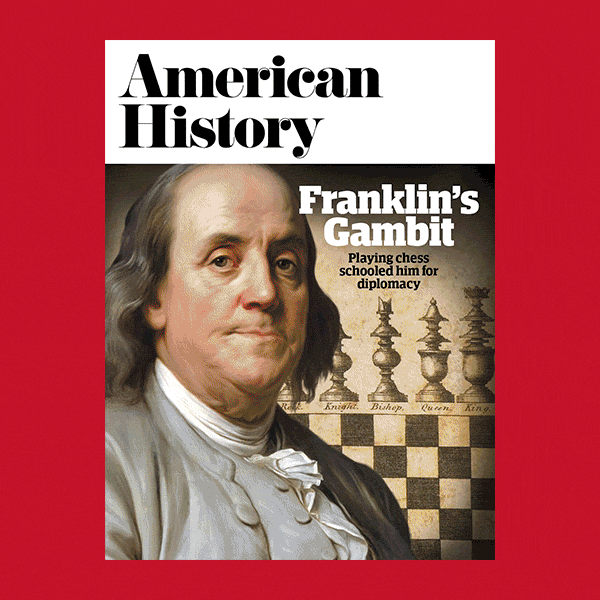The Daughters of the American Revolution Museum in Washington, D.C., houses an impressive collection of nearly 30,000 objects made and used prior to the Industrial Revolution. As the museum’s director and chief curator, Heidi Campbell-Shoaf oversees the museum staff, works with the National DAR organization that serves as the museum’s executive board and helps curate the collections that the museum exhibits in accordance with its current mission statement. “We want to use the lens of the different interpretations of home,” she says, “to inspire conversations about the American experience and encourage people to discover commonalities between different American life experiences.”
What is the history of the DAR Museum?
The museum was founded in 1890, at the same time the national organization of the Daughters of the American Revolution was crafted. The museum’s intent was to collect and preserve historical artifacts, many of which were donated by DAR members. The DAR is a lineage organization which requires a woman to have a direct descent from somebody who aided the American Revolution. Soon after the museum was founded, the collection shifted to focus less on artifacts that people would assume to be related to the Revolution—namely military items such as muskets, swords, powder horns, and uniforms—to objects that the Revolutionary generation had in their homes. From that point on, it has been a museum that collects and preserves and interprets objects used in American homes of the past.
Can you tell us about the history of the period rooms?
Some of them date all the way back to the initial building of the DAR Headquarters and Museum in Memorial Continental Hall in 1910. As the headquarters, Memorial Continental Hall was built with a lot of offices in the building. The DAR is organized very similar to our government, with a central executive, state organizations, and within those state organizations, local chapters. The state organizations donated money to help build Memorial Continental Hall and in return secured the right to put the state name on an office room. The period rooms today still have state affiliations because they started as the state sponsored office space. When the organization outgrew the first building and built an addition and moved offices there, those rooms became the period rooms, and the states would furnish them as historic interiors. In the late 1930s, all of the period rooms were moved under the control of the museum, and it’s been that way ever since. The museum maintains the rooms and interprets historic interiors from the 1600s through the 1930s in them. They’re furnished as bedrooms, dining rooms, living rooms, parlors, etc. Most museums have somewhere between 5 and 10 percent of their collections on display, but we have well beyond that because of the period rooms.
What do the gallery exhibits focus on?
The exhibits have a wide range of topics. Our curators have specialties to the collection they manage, care for, and develop, and they conduct original research and put together exhibitions. The topics are in part pulled from the curator’s expertise or research interest. But they all have some relationship to the American home. Our current exhibition is about portraiture and power in the American home and looking at these portraits that many of us see in museums. They are by and large painted for people to hang in their homes, so what does that say about the people who have the portrait painted, the people painting the portraits, the people seeing the portraits in the homes? What is that statement being made? It all circles back to the home in some way.
When you purchase something for the museum, how are you looking to expand the collections?
Each of our curators look at their collections, and have a statement of collecting for each different category. For example, fine art, glass, ceramics, etc. We look at the mission and we look at the collections and we say, ‘Do we have everything we need to tell particular stories?’ Of course, much of our collection has been donated to us over the years by DAR members. So that reflects much of the demographic of the DAR membership, which in the past, up until the 1970s, was primarily White, middle and upper class. The membership is becoming much more diverse, and we want to make sure that our collections reflect that and that we are not just interpreting the DAR homes of the past, but a broader interpretation of American homes. It’s all American homes. Not just those related to the American Revolution. That means we need to look at the collections and see where we have gaps in representation. For instance, a few years ago we purchased a sampler from California that was made by somebody of Mexican ancestry, and of course, early California was Mexico. We have purchased objects made by native Hawaiians. We’ve acquired objects made by African American people or that portray the picture of African American people. We look at what’s missing and we also look at what we have and determine whether it’s the best example of the object we can display. Is it displayable? Then we may decide we need to have a better example of something we already have.
What’s a favorite object of yours in the collection?
That’s a tough question! What’s amazing about the DAR Museum collections in general is that there are so many of the objects that have stories associated with them—family history, historic events at which this object was present. And many of the objects are amazing examples of historic craftsmanship. So, that’s a hard question. I could pick many things for different reasons. One example, there’s a painting in our current exhibition, it’s on the cover of our current exhibition catalog. She’s dressed in clothing from the 1810s. She’s holding a green parrot. It’s a fabulous painting I think, for a lot of different reasons. It’s well done. But, also, why do you choose to be painted with a parrot in your hand? You can tell she has money, because why else would she have a parrot? Dolley Madison had a parrot. The average person is not going to have a parrot. She also wears a tiara with gold and coral. The colors are fabulous.

America will be celebrating its 250th anniversary in 2026. What is the museum planning for its celebration?
We are planning programming as we get closer to the 250th. We are also planning an exhibition. People may be surprised to find out that we don’t have a lot of Revolutionary War–related objects in the collection. Because of the ongoing emphasis on objects that are found in the home, they aren’t by and large militaria. We’re looking at an exhibition focused on people who were writing about the Revolution, prior to the Revolution, and through the Revolution. We’re using some of the collection housed in the DAR Americana Collection, which is a collection of historic manuscripts and documents. We’re working to combine some of that collection with some three-dimensional items from the museum collection to create that exhibition. Leading up to that, we have an exhibition in 2025 that focuses on Black craftspeople and their fight for freedom and liberty and what that means for them, not just in the Revolutionary period but all the way through the 19th century, as well.
Do you find that visitors have different expectations of what the museum will hold or the stories it will tell?
I think so, yes. When people come to a museum like ours, they often want to find confirmation of their own interpretation of history. Sometimes they find that and sometimes they don’t. And when they don’t, that’s when education happens. We do have people who come with perceptions of what the DAR is as an organization, which has evolved since the one incident that people remember—in 1939 Marian Anderson was denied an opportunity to perform at the DAR Constitution Hall because of her race. That perception has stuck in people’s mind for decades, so they think they know what they will find when they come to the museum, but I think some of them are pleasantly surprised that we provide a wide lens onto American history.
This story appeared in the 2023 Summer issue of American History magazine.
historynet magazines
Our 9 best-selling history titles feature in-depth storytelling and iconic imagery to engage and inform on the people, the wars, and the events that shaped America and the world.







